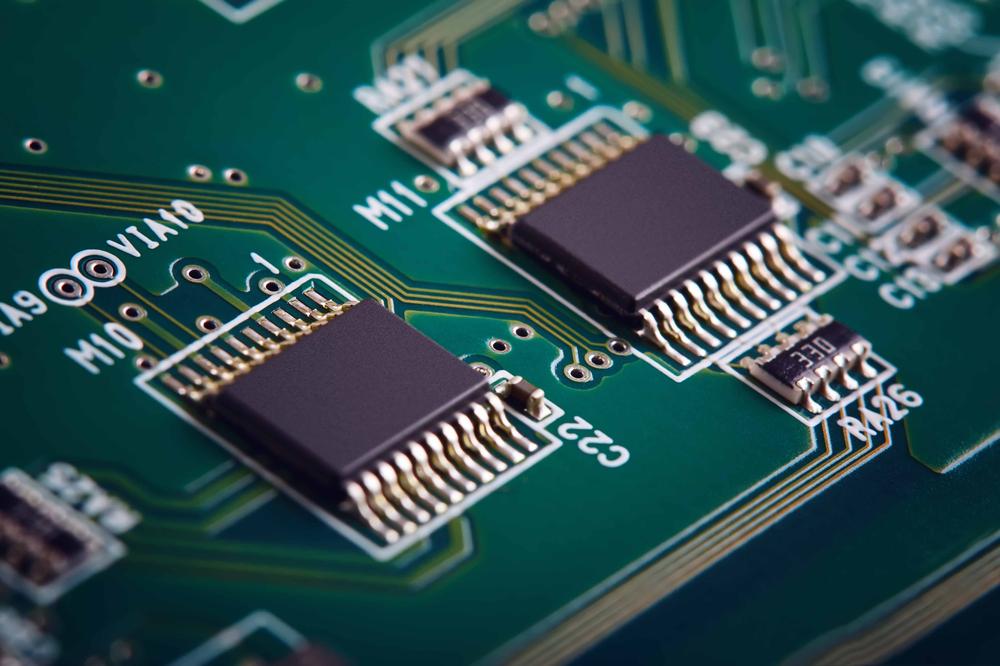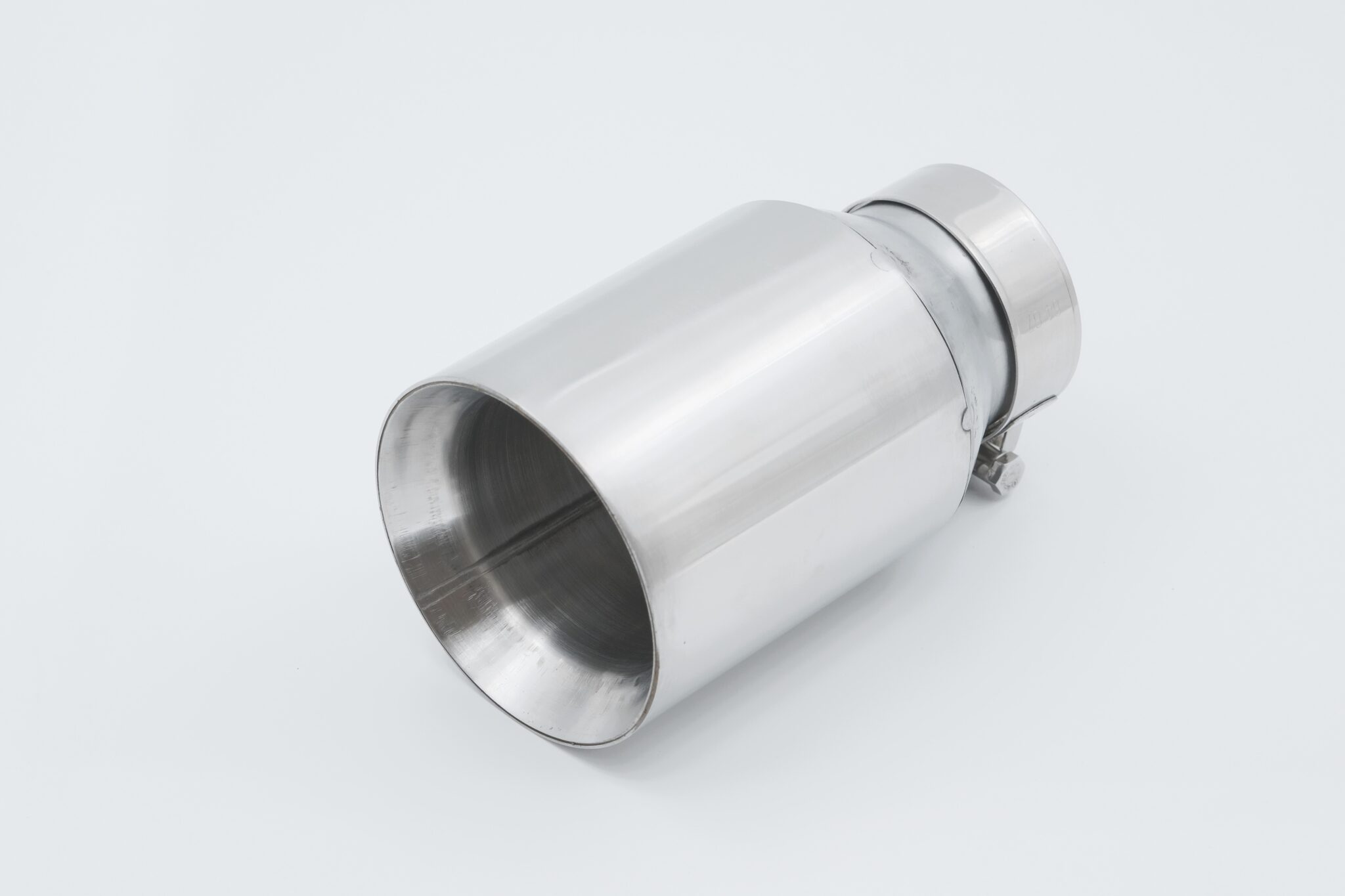
The B2B platform for the best purchasing descision. Identify and compare relevant B2B manufacturers, suppliers and retailers
Close
Filter
Result configuration
Continents
Select continent
Locations
Result types
Company type
Select company type
Industries
Select industry
Company status
Select company status preset
Number of employees
Min.
Max.
Founding year
KUS USA
Davie, United States
B
11-50 Employees
1996
Key takeaway
KUS Americas, Inc. is a leading manufacturer of Diesel Exhaust Fluid (DEF) level senders and related instrumentation, highlighting their expertise in exhaust aftertreatment systems. Their commitment to innovation and reliability has established them as key players in this market, developing solutions that meet the needs of various industries.
Reference
Product
Exhaust Aftertreatment System | KUS Americas, Inc.
Autometal
Czechia
A
251-500 Employees
-
Key takeaway
The company specializes in complete exhaust systems and is actively collaborating with major automotive suppliers like Eberspächer and Faurecia, providing components such as catalytic converters to leading manufacturers including VW, DAIMLER, and BMW. Their expertise extends to aftermarket supplies and stable partnerships in the marine and heavy construction machinery sectors.
Reference
Core business
Autometal spol. s r. o.
SPECIALIST FOR COMPLETE EXHAUST SYSTEMS

G T EMISSIONS SYSTEMS LIMITED
Peterlee, United Kingdom
A
101-250 Employees
1974
Key takeaway
GT Emissions Systems provides innovative exhaust gas control solutions that support engine exhaust emissions strategies in the automotive sector, including EGR valves and exhaust brakes. Their products are designed to meet stringent safety and quality standards, contributing to effective emissions reduction for both on and off highway vehicles.
Reference
Core business
Exhaust Gas Control Systems - GT Emissions
Looking for more accurate results?
Find the right companies for free by entering your custom query!
25M+ companies
250M+ products
Free to use
DuraFit Diesel Particulate Filters (DPFs) & Diesel Oxidation Catalysts (DOCs)
Goldsboro, United States
B
501-1000 Employees
1927
Key takeaway
The company specializes in emissions and exhaust technologies, focusing on developing products that meet or exceed clean air regulations while enhancing performance and reducing operational costs. Their commitment to innovation and vertically-integrated manufacturing ensures a rapid and efficient production process for their exhaust aftertreatment systems, particularly for fleet vehicles and heavy-duty trucks.
Reference
Core business
Durafit – Designed to Fit. Built to Last
Excalibre Technologies
Forest of Dean, United Kingdom
A
51-100 Employees
2006
Key takeaway
Excalibre Technologies specializes in emission control products, offering retrofit SCR+DPF systems that are crucial for meeting stringent environmental standards. Their services include DPF cleaning and refurbishment, which are essential for maintaining automotive exhaust aftertreatment systems.
Reference
Core business
Excalibre - Experts in DPF Cleaning and Retrofit solutions
Excalibre Technologies provide DPF cleaning, retrofit SCR systems, aftermarket silencers and catalytic converters.
GenCat Ltd
St Albans, United Kingdom
A
1-10 Employees
-
Key takeaway
GenCat has been a key player in the exhaust aftertreatment industry since 2003, specializing in heavy-duty applications for non-road mobile machinery (NRMM), generating sets, and materials handling equipment. Their product lineup includes Diesel Particulate Filters (DPFs) and Catalytic Converters, highlighting their commitment to providing effective solutions for automotive exhaust aftertreatment needs.
Reference
Core business
Home - GenCat
Trading in the exhaust after treatment industry since 2003, with focus on heavy duty applications for NRMM, generating sets and materials handling equipment.
Hug Engineering
Elsau, Switzerland
A
- Employees
1983
Key takeaway
Hug Engineering specializes in developing and producing exhaust aftertreatment systems for diesel and gas engines, particularly for marine, power generation, and rail applications. With over 35 years of experience, the company is committed to meeting stringent emission regulations and offers both standardized and customized solutions for effective exhaust gas purification.
Reference
Core business
Hug Engineering, a Faurecia company
With over 35 years of experience, Hug Engineering is a leading supplier for low to zero-emissions solutions. We produce exhaust aftertreatment systems for Diesel and gas engines used in Marine, Power Generation, and Rail applications. Swiss engineering know-how The company provides efficient reliable and robust solutions and customized concepts for High Horsepower exhaust gas cleaning. As one of the few manufacturers in the world, we develop, design, and produce all key components ourselves and are setting new benchmarks in the field of exhaust gas after-treatment. Best in class solutions Our success is based on intensive, targeted R&D and a wide & flexible scope of supply in advanced emissions reduction systems. Based on the customers’ specifications and applicable legislation, we offer exhaust gas purification systems from standardized modules to customized solutions around the globe. A worldwide presence Using a global distribution network, Hug Engineering is present in the international market: Switzerland, Germany, Italy, the Netherlands, and the USA. More than just being an international company, with more than 20 nationalities and backgrounds, diversity is one of our strengths. Our employees serve our global customers to their highest satisfaction. A Faurecia company, of the group FORVIA Since 2018, Hug Engineering belongs to the Faurecia company, part of the group FORVIA, a global leading automotive supplier. As part of the "Clean Mobility" business group, Hug Engineering leverages the Group's know-how to apply it to high horsepower engines and offer solutions that reach the strictest global threshold emission. Total Customer Satisfaction We are part of:
Eminox
West Lindsey, United Kingdom
A
101-250 Employees
1978
Key takeaway
Eminox specializes in designing and manufacturing exhaust aftertreatment systems for heavy-duty vehicles and equipment, ensuring compliance with the latest global emissions standards. Their innovative technologies support various applications, including power generation, marine, and agriculture, and are developed to address the unique requirements of different industries.
Reference
Core business
Eminox - Bridging the gap to a Zero Emissions Future
We design and manufacture exhaust aftertreatment systems for heavy-duty vehicles and equipment. Our sustainable engineered solutions achieve the latest, global emissions standards.
Exhaust Control Industries
Melbourne, Australia
A
11-50 Employees
1983
Key takeaway
The company specializes in developing advanced emission technologies, particularly for automotive exhaust aftertreatment systems, that exceed stringent US Tier 4 Final emissions regulations. Their solutions effectively reduce harmful pollutants from diesel and gas-powered equipment, addressing key environmental challenges in the industry.
Reference
Product
Tier 4 Solutions – Exhaust Control Industries

Walker Manufacturing Company
Racine, United States
B
1-10 Employees
-
Key takeaway
Walker® Emissions Control specializes in replacement emission control components and systems, offering a wide range of products such as catalytic converters and exhaust systems for various vehicle types. Their engineering expertise ensures the latest technologies are available, providing quality solutions that meet current and future emissions challenges.
Reference
Product
Auto Exhaust Systems, Parts & Kits | Walker Exhaust Systems
Technologies which have been searched by others and may be interesting for you:
A selection of suitable products and services provided by verified companies according to your search.

Product
100mm Chrome Classic Exhaust Tip Muffler
Go to product
Automotive exhaust aftertreatment systems are advanced technologies designed to reduce harmful emissions from internal combustion engines. These systems play a critical role in meeting stringent environmental regulations by converting toxic gases produced during combustion into less harmful substances before they are released into the atmosphere. Typically, these systems utilize various components such as catalytic converters, diesel particulate filters, and selective catalytic reduction units. Each component serves a specific function, such as oxidizing carbon monoxide and hydrocarbons or trapping particulate matter. As a result, automotive exhaust aftertreatment systems significantly contribute to cleaner air quality and enhanced vehicle efficiency.
Automotive Exhaust Aftertreatment Systems play a crucial role in reducing harmful emissions from vehicles. These systems utilize various technologies, such as catalytic converters, diesel particulate filters, and selective catalytic reduction, to convert toxic gases into less harmful substances before they are released into the atmosphere. For instance, catalytic converters transform carbon monoxide and hydrocarbons into carbon dioxide and water vapor. Diesel particulate filters capture and store particulate matter from diesel engines, preventing it from entering the environment. Selective catalytic reduction uses a urea solution to convert nitrogen oxides into nitrogen and water, significantly lowering the emissions of these pollutants. By integrating these technologies, Automotive Exhaust Aftertreatment Systems effectively enhance air quality and ensure compliance with stringent environmental regulations.
Automotive exhaust aftertreatment systems consist of several critical components designed to reduce harmful emissions from vehicles.
1. Diesel Oxidation Catalyst (DOC)
This component oxidizes carbon monoxide and unburned hydrocarbons, converting them into carbon dioxide and water.
2. Diesel Particulate Filter (DPF)
The DPF captures and stores soot and particulate matter from diesel engine exhaust, preventing them from being released into the atmosphere.
3. Selective Catalytic Reduction (SCR)
SCR systems use a urea-based solution to convert nitrogen oxides (NOx) into nitrogen and water, significantly lowering NOx emissions.
4. Ammonia Slip Catalyst (ASC)
This component ensures that any excess ammonia from the SCR process is converted back into harmless nitrogen and water, preventing ammonia slip into the environment.
5. Exhaust Gas Recirculation (EGR)
EGR systems recirculate a portion of exhaust gases back into the engine's intake, reducing combustion temperatures and subsequently lowering NOx emissions.
These components work in tandem to enhance the vehicle's emission control efficiency, ensuring compliance with environmental regulations and promoting cleaner air.
Automotive Exhaust Aftertreatment Systems play a crucial role in reducing harmful emissions from vehicles, ensuring compliance with stringent environmental regulations. These systems, which include components such as catalytic converters and diesel particulate filters, help in converting toxic pollutants into less harmful substances before they are released into the atmosphere. By effectively targeting nitrogen oxides, particulate matter, and other harmful emissions, these systems contribute significantly to improving air quality. Compliance with environmental standards not only helps manufacturers avoid hefty fines but also promotes sustainable practices within the automotive industry, aligning with global efforts to combat climate change and protect public health.
Automotive Exhaust Aftertreatment Systems play a crucial role in enhancing fuel efficiency by ensuring that harmful emissions are effectively reduced without compromising engine performance. These systems, which include components like catalytic converters and diesel particulate filters, optimize the combustion process. As a result, engines operate more efficiently, burning fuel more completely and minimizing wasted energy. Additionally, by controlling emissions and reducing the need for excessive fuel consumption to meet regulatory standards, these systems contribute to overall vehicle efficiency. Improved exhaust management leads to better throttle response and power output, allowing vehicles to achieve higher fuel economy ratings while still adhering to environmental regulations.
Some interesting numbers and facts about your company results for Automotive Exhaust Aftertreatment Systems
| Country with most fitting companies | United States |
| Amount of fitting manufacturers | 7122 |
| Amount of suitable service providers | 6099 |
| Average amount of employees | 101-250 |
| Oldest suiting company | 1927 |
| Youngest suiting company | 2006 |
20%
40%
60%
80%
Some interesting questions that has been asked about the results you have just received for Automotive Exhaust Aftertreatment Systems
What are related technologies to Automotive Exhaust Aftertreatment Systems?
Based on our calculations related technologies to Automotive Exhaust Aftertreatment Systems are Magnets, Printed Electronics, Industrial Amplifiers, Electronic Transducers, Electronic Oscillators
Which industries are mostly working on Automotive Exhaust Aftertreatment Systems?
The most represented industries which are working in Automotive Exhaust Aftertreatment Systems are Automotive, Other, Manufacturing, Machinery Manufacturing, Oil, Energy and Gas
How does ensun find these Automotive Exhaust Aftertreatment Systems Companies?
ensun uses an advanced search and ranking system capable of sifting through millions of companies and hundreds of millions of products and services to identify suitable matches. This is achieved by leveraging cutting-edge technologies, including Artificial Intelligence.